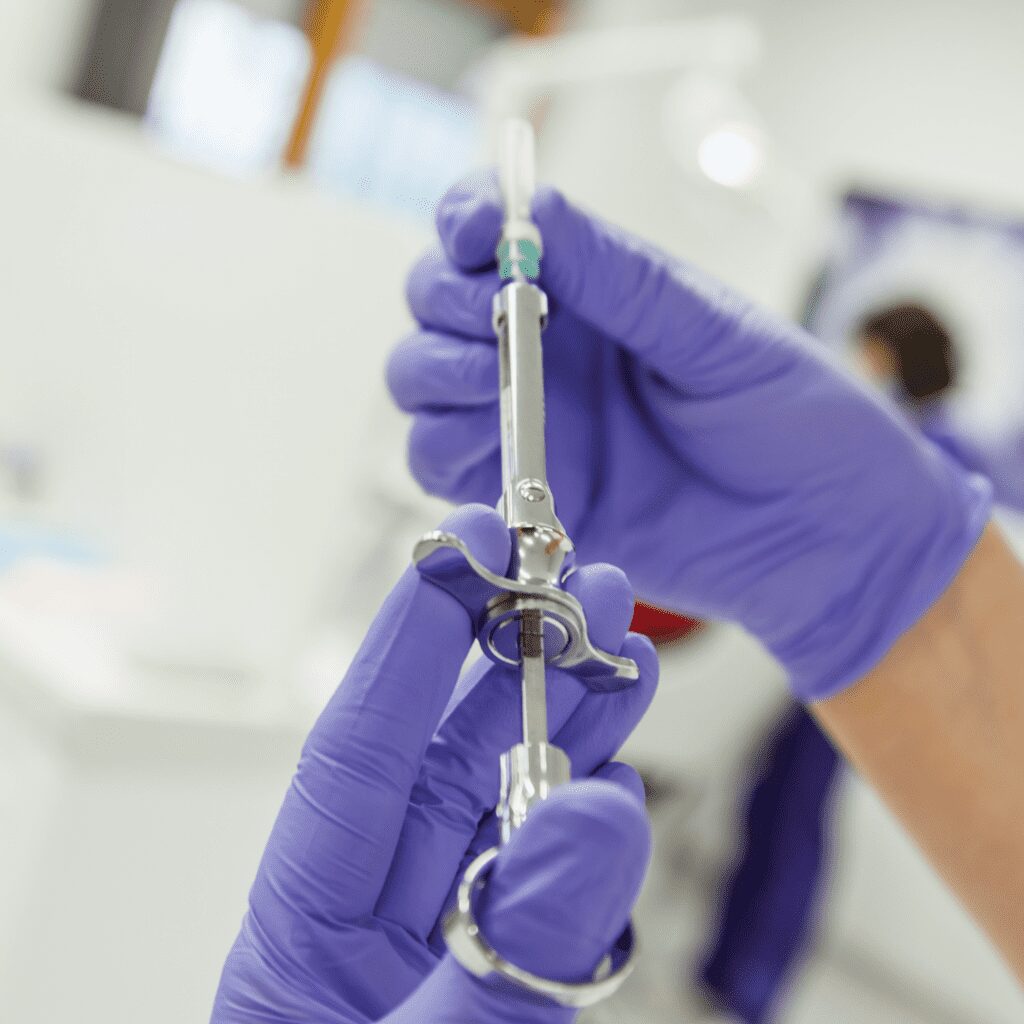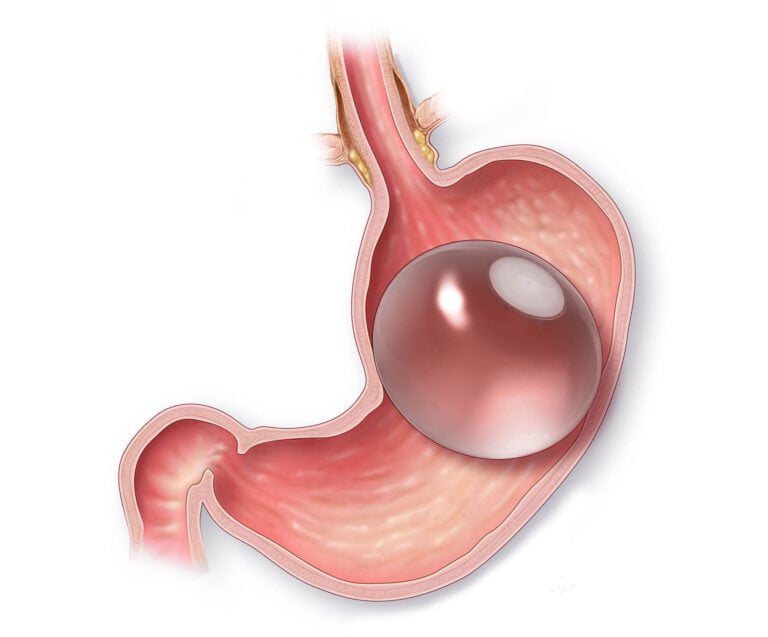Anesthesia: All You Need to Know
When preparing for a surgical procedure, or even a minor medical or dental cosmetic treatment, one of the primary concerns is often the type of anesthesia that will be used. Whether it’s local anesthesia or general anesthesia, both types play a crucial role in delivering a pain-free and secure surgical experience. They are essential for ensuring the comfort and safety of patients during medical procedures.
In this comprehensive guide, we will delve into the world of anesthesia, covering everything you need to know to prepare for your surgery. From understanding the types of anesthesia to learning about potential side effects and risks, we’ve got you covered.

What Is Anesthesia?
Before we dive into the intricacies of anesthesia, let’s start with the basics. Anesthesia is a medical process that involves using drugs to induce unconsciousness, pain relief and memory loss. It’s used during surgical procedures, dental treatments (dental implant surgery etc.) or other medical treatments to ensure patient safety.
Anesthetic agents are administered through various methods, including intravenous, inhalation (breathing in gas), and local injections. The type of anesthesia used depends on the type of surgery.
Types of Anesthesia
Anesthesia is not a one-size-fits-all solution. There are different types of anesthesia, each tailored to specific medical situations and patient needs.
- General Anesthesia: This form of anesthesia induces complete unconsciousness in the patient, ensuring they have no awareness of the surgical procedure. It is frequently employed for complex or prolonged operations, administered either through a mask or an intravenous tube.
- Local Anesthesia: Local anesthesia numbs a specific area of the body, typically used for minor surgeries or procedures like dental work.
- Regional Anesthesia: This type targets a larger part of the body, such as an entire limb. It is often used for joint replacements or childbirth.
- Sedation: Sedation is a milder form of anesthesia, where the patient is in a relaxed and drowsy state but not unconscious. It is common for minor surgeries or diagnostic procedures.
The Procedure Details
What to Expect During Anesthesia? Now that you know about the different types of anesthesia let’s explore what happens during the administration of anesthesia.
General Anesthesia Procedure:
- Before the procedure, your anesthesiologist will review your medical history and any medications you are taking to ensure they can safely administer the anesthesia.
- An intravenous line is placed in your arm so that the drugs can be administered while monitoring your vital signs such as heart rate and blood pressure.
- The anesthesiologist then administers the anesthetic drugs through the IV.
- Once you are sedated, a breathing tube is inserted into your mouth and throat to help keep the airway open and provide oxygen. You will not be aware of any of this procedure if general anesthesia is used.
Local Anesthesia:
- The anesthesiologist administers local anesthesia through a small injection near the surgical site, which numbs the area and relieves pain.
- You will be conscious during this procedure but you may experience some discomfort from the needle as it is inserted into your skin.
Sedation:
- Sedation is typically administered through an oral tablet or IV drip.
- The anesthesiologist monitors your vital signs throughout the procedure and adjusts the medication dosage as needed.
- You will feel relaxed but still conscious during this procedure, so it’s important to follow all of your doctor’s instructions carefully.
Related Post: Sedation Dentistry: A Calming Experience
How to Get Prepared?
Preparing for anesthesia is essential to ensure a seamless surgical experience. Here are some steps to follow:
- Share Your Medical History: Provide your medical team with a detailed account of your health history, including any allergies, medications, or previous experiences with anesthesia. The medical history serves as a crucial measure to ensure safety and well-being.
- Follow Fasting Guidelines: Abide by the fasting instructions provided to prevent complications during the procedure.
- Remove Jewelry and Accessories: Remove any jewelry, piercings, or accessories before surgery to avoid complications and ensure safety.
- Wear Comfortable Clothing: Dress comfortably on the day of surgery to make it easier for the medical team to prepare you for anesthesia.
What Happens After General Anesthesia?
After a procedure involving general anesthesia, you will enter the post-anesthesia care unit (PACU). This is a crucial phase of your surgical journey, and here’s what you can expect:
- Recovery: You’ll gradually regain consciousness in a monitored environment. Nurses will assess your vital signs and overall condition.
- Pain Management: If you experience any pain or discomfort, the medical team will provide appropriate pain relief.
- Observation: You’ll be closely observed to ensure there are no complications or adverse reactions to the anesthesia.
What Are the Potential Side Effects?
Most anesthesia side effects are temporary and typically resolve within 24 hours, usually even sooner. These effects can vary depending on the type of anesthesia used and the method of administration.
Some common temporary side effects may include drowsiness, dizziness, nausea, and a sore throat.
It is important to note that these effects are generally mild and transient, and your healthcare provider will closely monitor you during and after the procedure to ensure your safety and comfort.
General Aneshtesia Side Effects
Like all medications, anesthesia carries risks and side effects. Here are some common ones associated with general anesthesia:
- Nausea and Vomiting: Nausea and vomiting are common side effects, and they can occur during the procedure or the recovery period.
- Fatigue: You may experience extreme fatigue after the surgery due to the anesthetic drugs.
- Mental Confusion: It’s not uncommon to feel foggy or confused post-surgery due to anesthesia.
- Memory Loss: Short-term memory loss is another common side effect of general anesthesia.
- Respiratory Difficulties: Difficulty breathing may occur post-surgery due to the anesthetic drugs.
- Low Blood Pressure: This may occur due to the drugs’ effects on blood vessels.
- Shivering: In some cases, patients may experience shivering or muscle twitching as they come out of anesthesia.
Sedation Side Effects
Although sedation is a milder form of anesthesia with fewer side effects, common ones include:
- Blurred Vision: This can occur due to the drugs’ effects on the eyes.
- Dry Mouth: The drugs may cause dry mouth and difficulty swallowing.
- Drowsiness: You may experience an intense drowsy feeling or even fall asleep during the procedure.
- Headache: A mild headache can occur due to the sedative drugs.
- Muscle Weakness: This side effect is common post-surgery, when the body needs time to adjust to the anesthetic drugs.
Local Aneshtesia Side Effects
Common side effects associated with local anesthesia include:
- Swelling and Pain: You may experience some pain or swelling at the injection site.
- Allergic Reaction: In rare cases, you may have an allergic reaction to the anesthetic drugs.
- Nerve Damage: There is a small risk of nerve damage from local anesthesia.
- Infection: There is a risk of infection at the injection site.
Who’s at Risk?
Not everyone faces the same level of risk during anesthesia. Certain factors may increase the likelihood of complications:
- Age: Very young or elderly patients may have a higher risk.
- Health Conditions: Patients with pre-existing medical conditions, especially heart or lung issues, may face increased risks.
- Medications: Some medications can interact with anesthesia, potentially causing complications. For Example, patients taking blood thinners should be monitored closely.
- Allergies: Patients with allergies to anesthetic drugs or other medications may face increased risks.
- Substance Use: Patients who are using drugs or alcohol may have a higher risk.
It’s important to discuss any concerns with your doctor before the procedure, so they can take the necessary steps to keep you safe during the surgery.
When to Call the Doctor
While anesthesia is generally safe, there are situations where you should seek immediate medical attention:
Persistent Pain: If you experience severe or persistent pain after surgery, contact your medical team.
Breathing Problems: Any difficulty in breathing should not be ignored.
Allergic Reactions: If you suspect an allergic reaction to anesthesia, seek medical help immediately.
Unusual Symptoms: Any unusual symptoms or concerns should be addressed promptly.
Last Words from the More Clinics
When undergoing anesthesia, it is important to be aware of the potential side effects and risks associated with different types such as general, sedation, or local anesthesia. While there are common side effects for each type, these risks can be mitigated by following medical instructions, monitoring your health, discussing any concerns with your doctors, quitting smoking, and staying hydrated. It is crucial to prioritize your well-being and take necessary precautions to ensure a safe and successful anesthesia experience.

Frequently Asked Questions
Yes, although it is rare, some individuals may have allergic reactions to anesthesia drugs. It’s essential to discuss any known allergies with your medical team before surgery.
The recovery time varies from person to person and depends on the type of surgery and individual factors. Typically, patients start to wake up within minutes, but full recovery may take several hours to a day.
Your medical team will provide specific fasting instructions before surgery. It’s essential to follow these guidelines to prevent complications during anesthesia.
Anesthesia for children is carefully tailored to their age and weight. It is administered by pediatric anesthesiologists with specialized expertise in pediatric care.
In most cases, there are no long-term effects of anesthesia. However, some individuals may experience temporary memory loss or confusion, which usually resolves within a few days.
An anesthesiologist is a medical doctor specialized in administering anesthesia and managing pain during surgery. They play a crucial role in ensuring your safety and comfort during the procedure.






